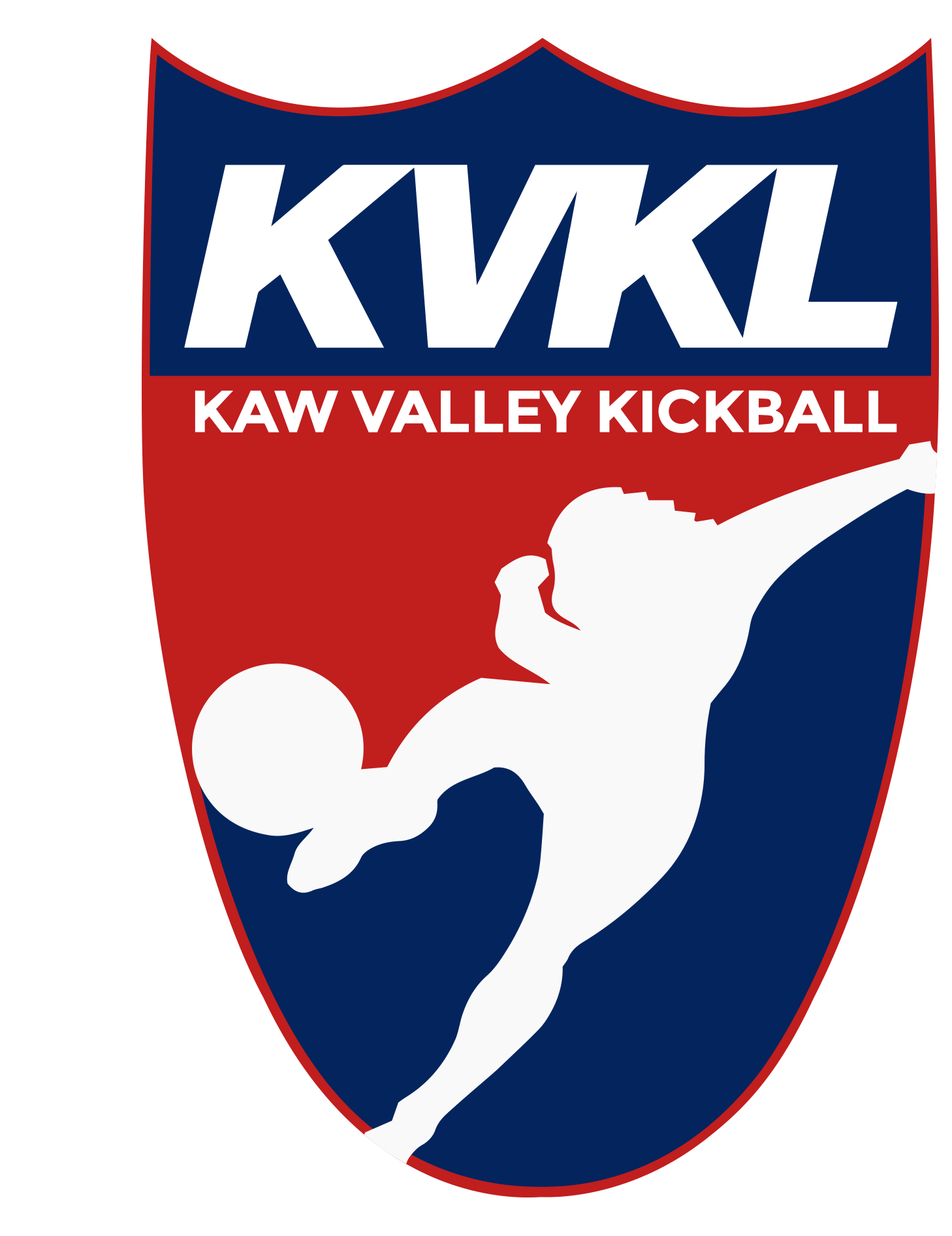As we head into week 5 of the season, we want to send a note on player safety. As many of you know, there were a couple collisions during the Game of the Week last Sunday. After talking with folks and reviewing video footage, we don’t believe these collisions were intentional or malicious. However, they do highlight the importance of player safety when we are playing this game we love.
We are currently looking at our rules to see how we can better promote safety over making a play. These kinds of discussions will take a little bit of time, so please bear with us as we work through the rules. If you have any ideas on how we could adjust our offensive and defensive interference rules to better promote player safety, please let us know! We’ve received some ideas already and would love to know how our community thinks we can improve our player safety rules.
In addition to written rules, we want to emphasize the importance of our captains, players, and refs in creating an environment where safety is the priority. If you’re trying to make a bang bang play and a throw goes awry, letting it go is the safer option rather than entering the runner’s path to collect a bad throw. On defense, back up throws, properly cover a base on a force, and if you’re not involved in a play at all then you need to pay attention to runners and stay out of the way. In bang bang plays, if there is a force at a base, it will be safer to throw the ball to the base defender rather than entering the runner’s path to tag them. On offense, let’s promote that avoiding a collision is more important than getting to the next base. It’s okay to be competitive and want to win, but making sure everyone gets through the game without injury should take precedence over winning.
ALL players in the league should read the rules and be informed on our safety rules. (kawvalleykickball.com/rules)
As refs, we also want to interpret and enforce our current rules in a way that promotes player safety. Rules E.5, G.5, and G.6 have our main rules regarding interference and collision (though there are others). We know right now these rules are written so that they apply if contact occurs. However, we encourage you to also apply them without needing a collision as avoiding contact is the main priority, per rule G.5.
In the case of G.5.a, if a defender is moving to field a kicked ball and they change what they’re doing to avoid contact with a runner, please discuss with your ref team and consider calling the runner out for offensive interference.
In the case of G.5.b, if a fielder is collecting a thrown ball/blocking the base or not involved in the play at all, and the runner slows down or changes their base path to avoid contact, discuss with your ref team and consider calling the runner safe for defensive interference/obstruction. If contact does occur, the rule does not state that the collision is null if the ball hits the runner first. If a defender makes contact with a runner while fielding a thrown ball or not involved in the play at all, the runner is safe.
Here is a clip from the Global Cafe vs Jazzhaus game this season that shows how to enforce rule G.5.b with player safety in mind. The defender was blocking the base while fielding a thrown ball. The runner avoids a collision but doesn’t have a safe and clear path to the base, even though the thrown ball hit the runner near the plate. The initial call was out, but after the refs discussed, the runner was called safe due to obstruction of the base. (We currently don’t have a video example of G.5.a, so if you have one, please share). We understand that this example may look different across games depending on the speed of the runner and the throw. This is where a discussion with the ref team is incredibly important.
Rule G.6 outlines all the safety rules along the first base line. Please run in foul territory as soon as possible after kicking the ball. As refs, G.6.b.ii outlines what to do if contact occurs on the first base line in foul or fair territory. This is another rule where we could enforce positive outcomes for players who change what they are doing to avoid a collision.
We know most of the collisions in games are purely accidents and accidents can still happen. However, the more we enforce positive outcomes for offensive and defensive players who avoid collisions, the safer our games will be.
Best,
KKVL Board
